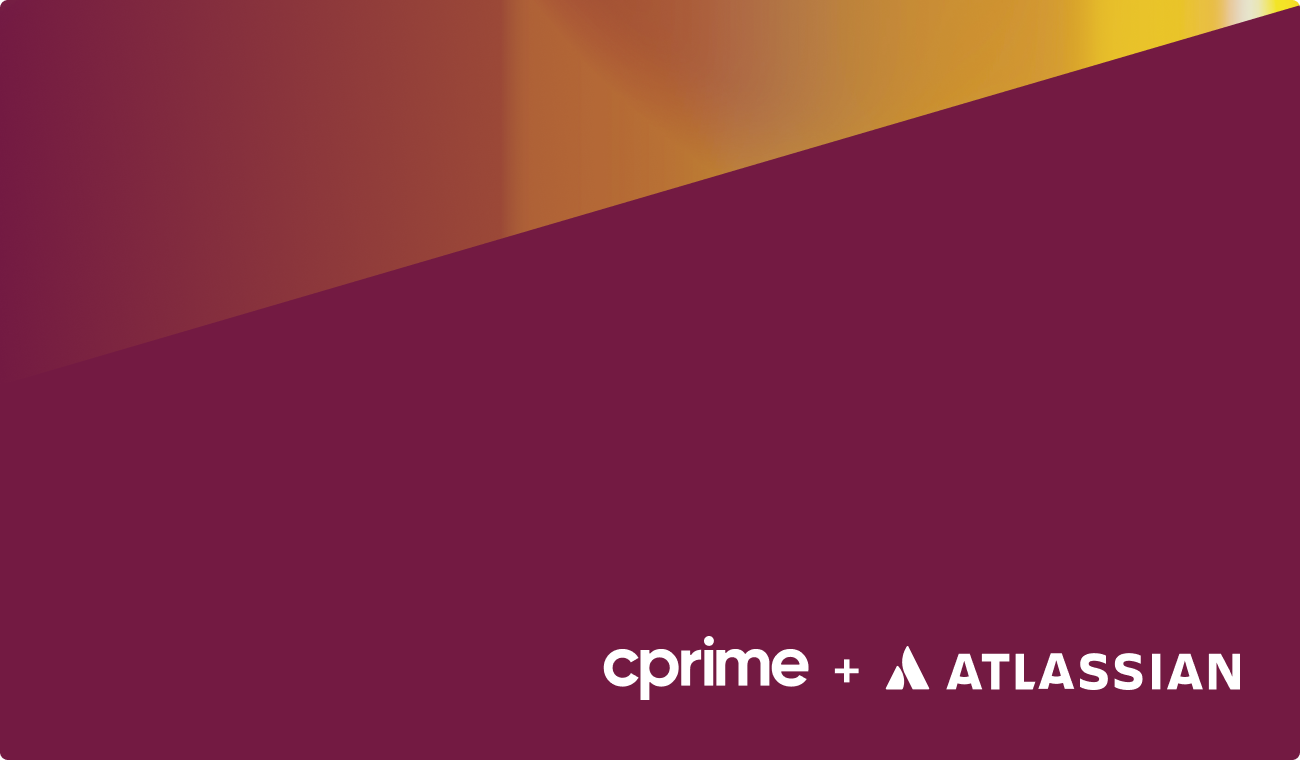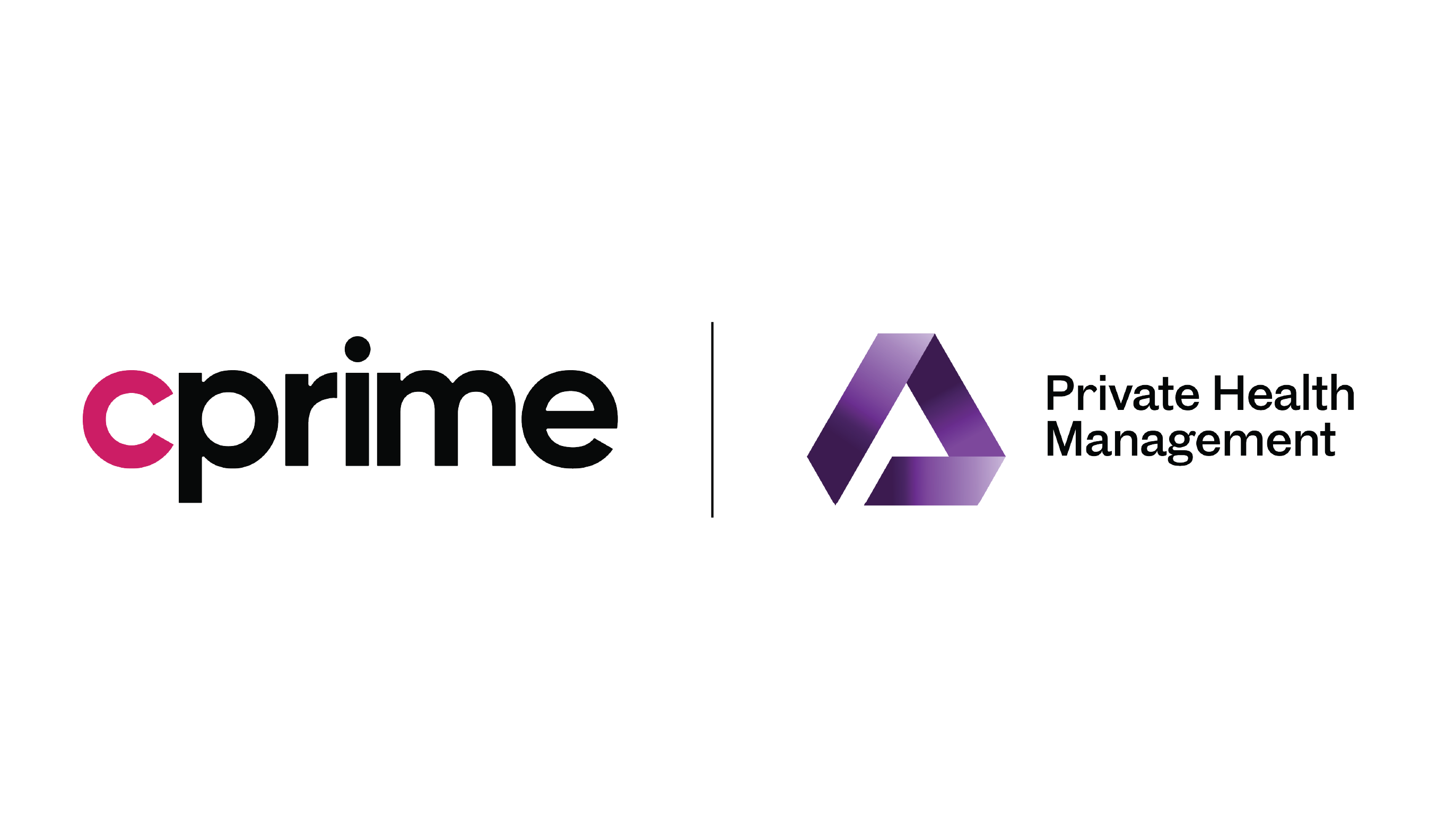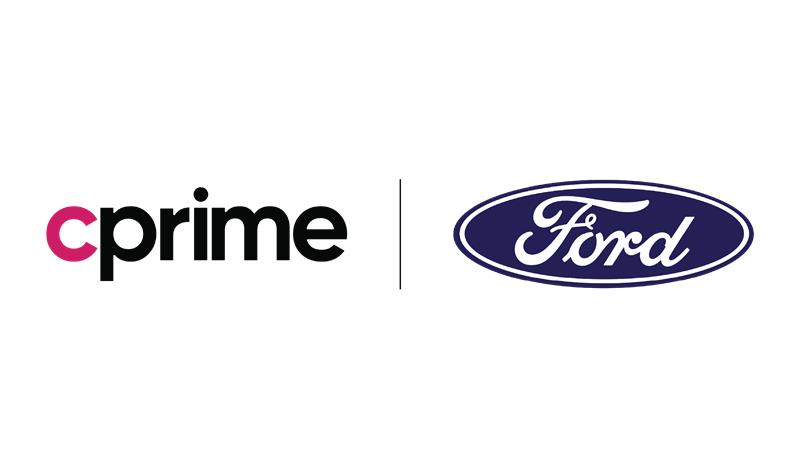The Client
Texas Mutual has served employers and workers in Texas for over 30 years. Their focus on technology, innovation, and value-added partnerships has fueled their growth to the largest workers’ compensation provider in the state. They currently serve over 1.5 million people through over 75,000 employers across the Lone Star State.
The Challenge: The need for organizational change
The insurance provider has always valued innovation and the smart use of technology for the benefit of its policyholders. After 30 years with IT practices built on waterfall project planning foundations, they found themselves at a crossroads. They had already made strides in transitioning to a more agile development framework over a three-year period, but those efforts had been wholly led by the IT team, with product owners and other key roles embedded (and, to some extent, siloed) within IT.
The CEO recognized that if the organization was going to see the full benefits of agility, and be in a better position to deliver on customer expectations more quickly, they needed to take the next step and shift towards a product-led approach across the enterprise. This factor—understanding of the need for organizational change at the executive level—is a vital factor in the eventual success of this and other transformations.
Since change of this nature would have been disruptive and unsustainable at the enterprise level, a small pilot program was initiated to validate the efficacy of the new operational model; specifically two key experiments with three teams. Each team was trained on a different way to work:
- For the first experiment, they focused two teams around supporting Agent partners, allowing them to own the end-to-end value delivery.
- For the second experiment another team was picked to work on a low-risk modernization activity. The team was asked to practice a different approach to delivering on tech modernization. The following key lessons were learned:
- The team was able to move faster when dependencies on other teams were removed.
- The teams had ownership of the value delivery from end to end. Teams can see the larger vision of the delivery.
- Teams can deliver on modernization and deliver on customer value.
- The team was able to balance the priorities of external customer with internal employee pain points.
Change is difficult
The company grappled with an outdated technology stack that they were in the middle of modernizing, and misaligned organizational roles, creating a complex landscape for change. But, despite the CEO’s commitment to change, some leaders and staff were skeptical and at times resistant, complicating the transformation process.
Beverly Harris, the VP of Corporate Strategy and Product—tasked with heading up this initiative as part of a transition team, alongside peers from IT, the Chief Data & Analytics Office and the Agile Office—recalls the challenges they faced as the scope of the change became clear. “Change is always difficult, even when the need for it is recognized. As we started proposing adjustments—and as implementation commenced, the reality that we really were doing this became tangible—and we experienced quite a bit of anxiety, trepidation and concern from well-meaning leaders and team members who were thinking, “We’re a high-performing and successful company. What’s so broken that needs to be fixed? Are we certain things will change if we adopt this approach? Why mess with a good thing? Why do this now?’”
Additionally, transformation fatigue was becoming a real issue. A technology and process modernization, including an Agile transformation, had been ongoing for some time, and continual change can be exhausting for even the most dedicated team members.
“Strategically, you can’t just pause on delivering business value for years in order to focus on modernizing,” Beverly notes. “We strongly believed there had to be a way to deliver quantifiable value while this effort was ongoing.” But how?
The need for guidance
The lack of a clear roadmap for transitioning to a new way of working, especially while delivering business value, added to the challenges.
Transitioning to a new operational model is a complex endeavor, fraught with both organizational and technical challenges. But as the company discovered, the right partnership and guidance can make all the difference.
The Solution: A three-pronged approach to implement this new way of working
Beverly reached out to Cprime—already a trusted coaching and consulting partner that had helped the organization in the past—to utilize Cprime’s expertise a little differently that had been used in the months prior to assuming her role as head of Product.
A strategic product coach, Chris Hunter, was assigned to work closely with the new product leader, focusing on building an effective product practice, and defining its role within the organization.
This program took a three-pronged approach:
- Strategic coaching
- Tooling analysis and recommendations
- Custom training and team-specific coaching support
Strategic coaching
Chris recalls, “Heading into the engagement, my focus was on helping Beverly envision what the new product team would look like: what roles were needed, where would Product fit within the organization, what changes needed to be made in process, reporting, and other areas to support the shift to a product-led approach. Then, we needed to fully understand the current state, and establish a roadmap for getting from where they were to where they wanted, and needed, to be.”
The coaching was tailored to meet the organization’s unique needs, helping them navigate the complex process of change.
“Chris has been a calm in the storm,” Beverly says. “He was able to ground us firmly in the concepts of a product-led approach, but also to understand the why behind them. And, most importantly, he worked with us to figure out what works best for us. Because there are frameworks and pre-made templates out there that we could have tried to force to fit, but that would never have been as effective as the custom approach Chris took.”
At times, this necessitated some difficult conversations.
“Sometimes Chris had to say, ‘I’m not sure why you decided to do X when you should be working towards Y. And I would explain, but it might have come down to, ‘This is easier, or this is how we’ve always done it.’ Then he’d help keep us pointed in the right direction: ‘Ok, but you need to keep evolving—this is just a pit stop on your way to getting where you really want to be.’ And that’s been invaluable. Our mantra throughout our journey became ‘directionally accurate’. We had to intentionally be making steps that were directionally accurate to where we wanted to be—it wasn’t about staying where we were because it was comfortable, it was about moving forward.”
Tooling analysis and recommendations
In addition to the higher-level strategic coaching, Cprime technologists undertook a comprehensive tools assessment, leading to key recommendations for tool updates and additions.
The teams were already embedded in Atlassian Jira, and that solution has all the features and flexibility necessary to accomplish what they wanted. So, recommendations revolved around modernizing the Jira setup via a migration to Atlassian Cloud, and recommendations for custom configurations to best support the organization’s product-led workflows and business goals.
The right tools, training and support can act as catalysts, accelerating the pace of organizational change and ensuring that it sticks, so training was the third prong in Cprime’s solution.
Custom training and team coaching support
Customized training programs were rolled out to teach the fundamentals of product agility, how best to leverage the newly configured Jira Cloud, and how these concepts and tools were being fit to the company’s strategy and circumstances.
These classes and workshops involved the executive leadership, business managers, and product and tech team members within the product organization, ensuring alignment with the new product-led approach, both within the tech teams, and between tech and the larger business. And, executives welcomed a program designed to help them understand how to best support the product team throughout and following the transformation.
The Result: A successful pilot leads to a commitment to iterative scaling
The engagement has set the stage for Texas Mutual to create specialized product areas and teams. In-depth training has already occurred and plans are already in place for team-level coaching as the reorganization stabalizes.
The transformation has led to increased visibility and accountability, clarified roles, and a streamlined organizational structure. A foundational operating model was solidified by the end of the third quarter of this year.
While the company is still in a state of learning and adjustment, the mood is excited and positive about the path they’re on. Encouragingly, the engagement survived a CEO transition—the original CEO who set the wheels in motion retiring—and the new CEO continues to champion the shift, underscoring leadership’s commitment to a product-led approach.
Chris confirms, “It’s great to see this transformation being supported from the top-down. Having leadership support, even at the executive level, helps the organization push through the growing pains and difficulties that inevitably come with this level of change.”
Beverly concludes, “In addition to the overall guidance he’s provided, Chris has been invaluable to me personally. Having someone with his knowledge and experience that I can bounce things off of—how should we approach this, what do you think our top priority needs to be here—has made this organizational journey of change far easier and less daunting than I know it would have been otherwise.
He’s really kept us centered, pointed toward our North Star, and provided very practical advice that’s helped us right our course throughout the process.”
With the successes reported by the pilot product teams and organization changes already made, the insurance leader continues to engage Cprime to continue scaling the transformational effort with ongoing strategic coaching and training as needed.







